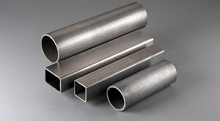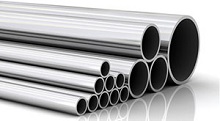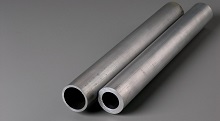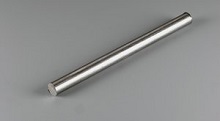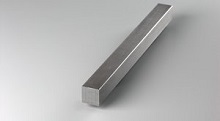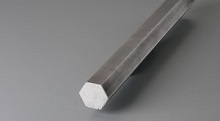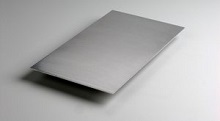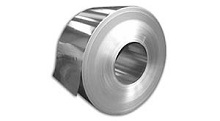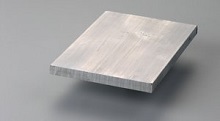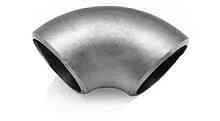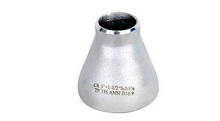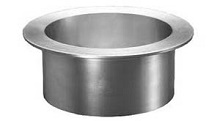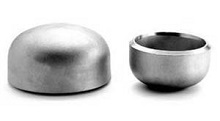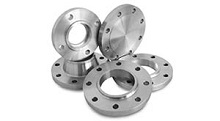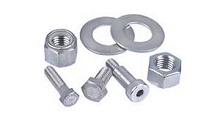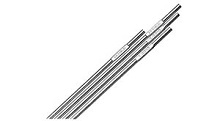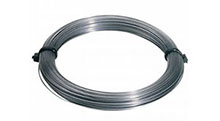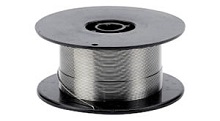Stainless Steel 309S is classified as a highly alloyed stainless steel. It contains less nickel in its composition than Type 310 and a lower carbon amount than its Type 309 counterpart. The reduced nickel allows for better resistance against hydrogen sulfide, especially at high temperatures. Additionally, the lower amount of carbon in its composition gives Stainless Steel 309S utilization in areas where high temperature gases may pose a problem. As such, it is commonly applied in the manufacturing of furnaces, exhaust systems and containers exposed to high temperatures.
Type 309S is additionally characterized by its resistance to oxidation and creep, along with its ability to withstand high temperatures. Moist environments have no effect on it, due to the higher levels of nickel and chromium in its makeup. Because of this, it is often utilized in marine environments in place of Stainless Steel 304, as it displays a higher resistance.
Despite its excellent weldability, Type 309S does have a tendency to work harden.
Stainless Steel 309 is often referred to as the high-carbon alternative to Type 309H. Its high levels of carbon serve to give additional resistance against creep. Along with carbon, iron, chromium, and nickel make up the majority of its composition. However, it is not uncommon that Types 309, 309S and 309H all meet the requirements for all three variants of the Stainless Steel 309 grades.
Much like 309, Type 309H has high resistance against oxidation. It is commonly found in areas where oxidation is avoided, including furnaces, paper mill equipment and thermal processing. Its applications frequently bring Type 309H into contact with acetic acid and citric acid, sulfur dioxide and ammonia; concentrated acids are another common substance. The metal can be applied in environments that experience high temperatures, and is also characterized by its ability to retain a larger portion of its strength at room temperature than many comparable alloys.
Petroleum Refining

